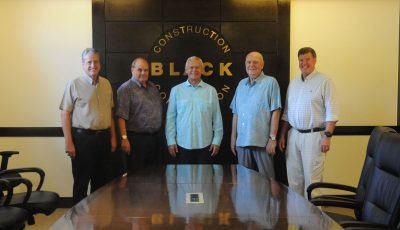Lego. Let it go.
I come to the end of my visits to the families of my eldest daughters. The first lives in the outskirt of Chicago and the second in Concord by the East Bay Area of San Francisco. I have four grandsons (two from each family) and Liam in Chicago at 4 is neurologically challenged. He has difficulty with time, doing things immediately in the “now” and impatient to wait out the long-term, has a contrarian bent, and tends to show repetitive behavior. The last category classifies him under ASD, the Autism Spectrum Disorder.
Liam’s older brother Sullivan, who is 6, is a wonder in speech and comprehension, way ahead of his age group and grade level (he enters first grade this semester at third grade reading level). He is also a Lego builder. The McDonald’s allure may work a while but there is no way he can be distracted from a visit to any local Lego world familiar or known to him. He cruises the Internet for their locations. Happily, the public library of Palatine, Illinois, where he lives has a Lego world in its children’s section. His parents also remind him to tidy the plastic bits and pieces he inadvertently leaves behind on their living room floor.
Sullivan has the World of Lego movie, the first in a series of three, the second for release in 2017, and the third in 2020. Lego Group, the Denmark company that manufactures the construction toys, holds the flagship product, Lego (from the Danish phrase leg godt, which means “play well”), of colorful interlocking plastic bricks as gears, minifigures, etc. The movie relates the world of an ordinary worker who falls into the abyss of his universe and chosen to play the “special” one who wears the “piece de resistance” (a rehash of the old messianic role).
Fast forward, the movie’s theme: creativity and innovation, does not come from just following the instruction manual like many Lego players do, nor is the permanence of the krazy glue an option. Lego is about construction and deconstruction, like life itself, where beauty and passion is found in the process more than in the product. A glued product, good for show casing, is dead rather than alive. “We are not in the business of making a living,” my father used to say. “We are in the business of living a life.” I added, the finitude of the same is shrouded with the awe of mystery!
Liam had a DVD of the new cartoon movie Frozen. I did not get to see it while in Chicago but my two grandsons in the Bay Area of San Francisco, Dillon at 8 and Sean at 6, had a copy that they could not wait for me to watch.
Frozen is about two sisters, orphaned princesses of a king and a queen who die in an accident. The eldest sister has powers to freeze anything but she almost kills her sister at play. The parents decide to keep her skill a secret, fearful that their subjects would find out about it, so they separate the sisters from playing together again.
When the eldest comes of age to assume the kingdom’s throne vacated by their parents, she has to wear gloves so as not to reveal her powers. Fast forward to the end of the story over the numerous subplots. Life is not about hiding secrets to maintain a façade; it is about living the real, the authentic, and the true. The elder sister finally decides to let go of her fears and build herself an ice castle up in the mountain. She also had to unfreeze her lowland kingdom from the icy cold she unleashes earlier. The movie at the end burst into a song about “letting go,” a practical enough advice to everyone who allows fear to dictate the cadence of their lives rather than just be the authentic but wondrously compassionate and powerful selves they already are.
The tradition that influenced my upbringing, particularly the European meta-brain of my schooling, conditioned me to think that the way to save someone is to liberate one from the grip of something imaginary and unreal, usually a dragon, an imaginary animal. In the Levant, the mirage is a constant illusion, an internally experienced object attractive and enticing but not real. In old Persia, they decided that reality consisted of two real opposing forces—the good and the bad—constantly battling for dominion to extend their influence. A group of nomads in the Levant decided that reality is one, the only reality, a message now echoed from muezzins on the minaret of many a mosque five times a day. The might and power of the real to Isaiah even uses earthly sovereigns to discipline its people, the chosen ones, to make clear in their social life the truth of that reality, lest they forgot.
Some forgot and a barefoot carpenter from Nazareth not only reminded them of this chosenness, but also showed everyone that the chosenness is a personal choice, with one’s name indelibly marked and stamped on the messianic role to set other folks free, even unto death. The power and might was for the taking of anyone willing to take on the role, later self-consciously known as the ekklesia (the household of the real), to be innovative, creative, and free.
Lego. Leg godt. Let it go. Let the authentic practice of living ring true in life.



























